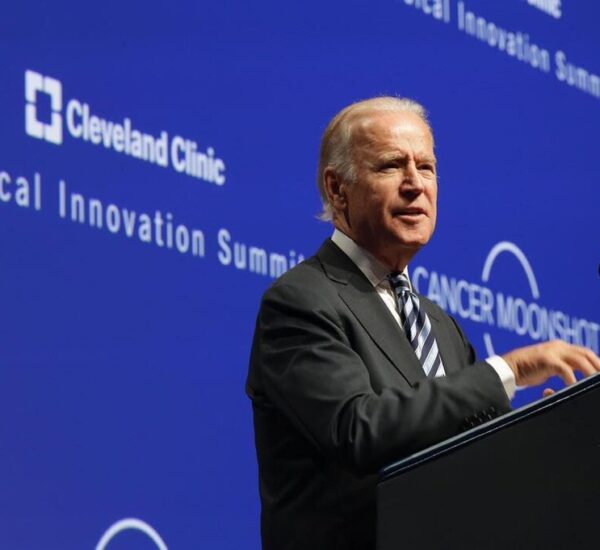Trump Bringing Back Army Base Names
FORT BRAGG, N.C. — In a powerful move that underscores his commitment to preserving American history, President Donald J. Trump announced the restoration of seven iconic U.S. military base names that were stripped away during the Biden administration’s woke overhaul of the armed forces.
“We’re bringing back the original names—Fort Hood, Fort Pickett, Fort Gordon, Fort A.P. Hill, Fort Rucker, Fort Polk, and Fort Robert E. Lee,” President Trump announced to a patriotic audience during the celebration of the U.S. Army’s 250th anniversary.
The renaming was part of a controversial campaign to erase connections to the Confederacy—a move many conservatives see as a dangerous precedent in the war on America’s heritage.
Trump Keeps His Promise to America’s Veterans and Patriots
This announcement fulfills a major 2024 campaign promise by President Trump, who pledged to reverse the forced name changes that affected beloved bases tied to generations of American soldiers and their families.
“It’s not time to change,” Trump told the audience. “We honor our traditions. I’m a little superstitious — if it’s worked for decades, let’s keep it going.”
Trump’s position reflects the view of millions of Americans who believe history should be preserved — not rewritten to appease political activists.
What Bases Are Coming Back?
The seven bases being restored had previously been renamed under a Biden-era mandate, which used taxpayer dollars to impose unfamiliar titles like:
- Fort Eisenhower (formerly Fort Gordon)
- Fort Johnson (formerly Fort Polk)
- Fort Walker (formerly Fort A.P. Hill)
- Fort Gregg-Adams (formerly Fort Robert E. Lee)
- Fort Cavazos (formerly Fort Hood)
- Fort Novosel (formerly Fort Rucker)
- Fort Barfoot (formerly Fort Pickett)
These changes sparked nationwide backlash — especially among veterans, Gold Star families, and patriotic Americans who felt their sacrifices were being dishonored by political correctness.
Defense Secretary Hegseth Reverses Woke Decisions
Earlier this year, Defense Secretary Pete Hegseth began restoring base names, beginning with the high-profile reversals of:
- Fort Liberty → Fort Bragg
- Fort Moore → Fort Benning
While the Pentagon tried to justify the changes by claiming they now honored different individuals (not Confederate leaders), the damage to public trust was already done.
In a telling example, Fort Bragg now honors PFC Roland Bragg, a World War II hero, while Fort Benning is named after Cpl. Fred G. Benning, a WWI veteran — but only after public pressure forced a change.
Notably, the Biden-era renaming process scrubbed the legacy of Lt. Gen. Hal Moore and his wife Julie Moore, both revered for their work creating survivor support systems for military families.
Background: How It All Started
This cultural clash began in 2020 when Democrats added a Confederate renaming clause to the National Defense Authorization Act (NDAA). Then-President Trump vetoed the bill, but a Democrat-led Congress overrode him.
In 2021, Biden’s Pentagon formed a commission to erase nine base names—executing those changes across 2022 and 2023.
Now, President Trump is putting an end to that era.
“We don’t tear down our history—we learn from it. We honor our heroes. And we bring back what made America great,” Trump said.






